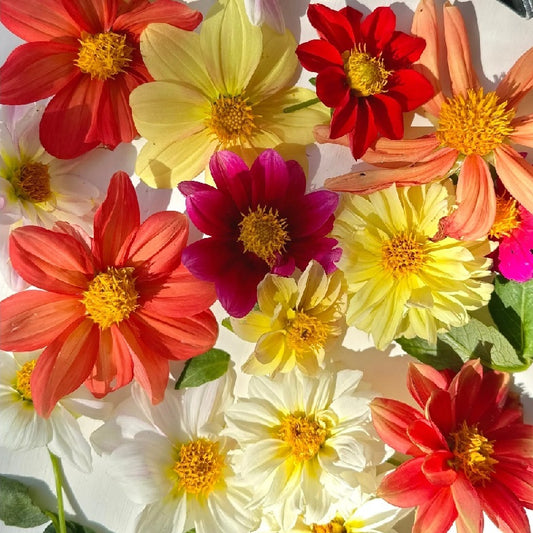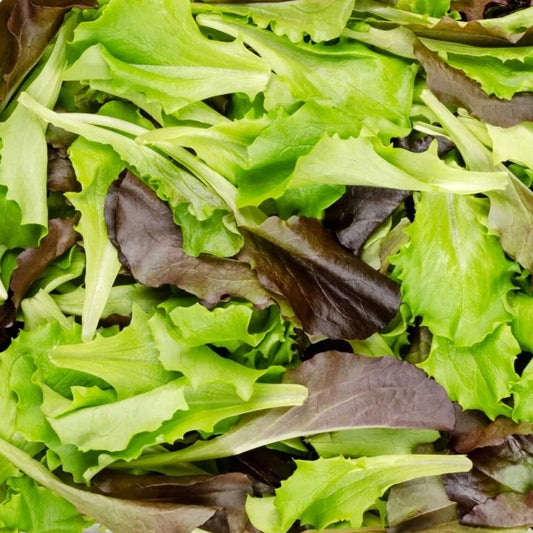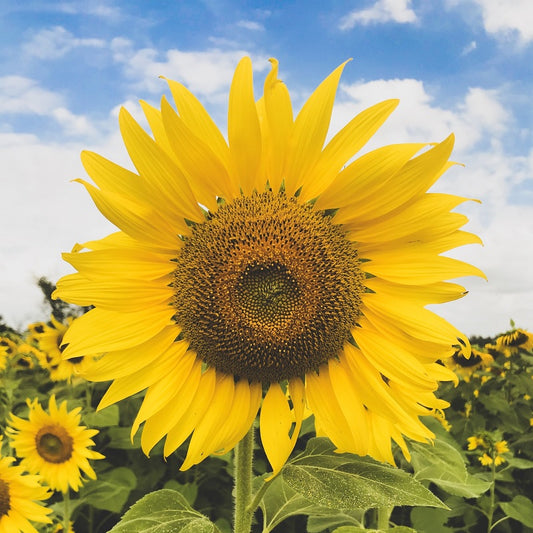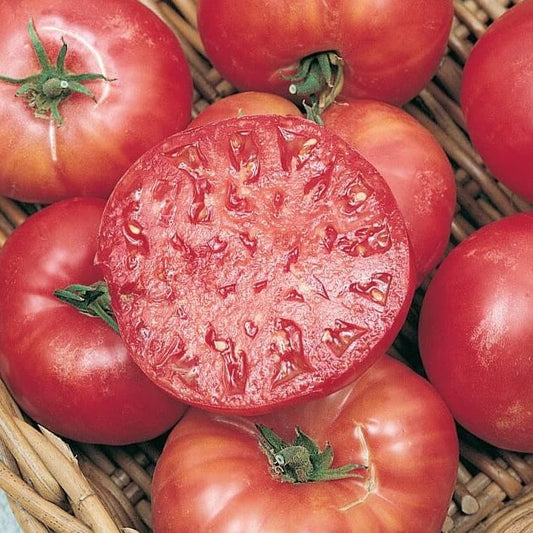Sage is a fragrant and flavourful herb that has been used for centuries in medicine, cooking, and magical ceremonies. But did you know, that even in an urban garden or a small space, you can still grow sage. Place several plants in a cluster to maximize your planting space and ensure you will have enough leaves for recipes throughout the summer and fall.
Sage is often used to treat digestive issues such as indigestion, gas, and stomach cramps. It is also effective in treating colds, flu, headaches, and respiratory issues. Additionally, sage can boost your immune system, improve heart health, reduce inflammation, and help with joint pain.
How to Grow Sage
Sage is a semi-tropical herb that grows well in temperate climates; in other words, it does not tolerate freezing temperatures. Like many other herbs, Sage can be grown either as an annual or a perennial.
In its perennial form, Salvia officinalis can live for up to five or six years. Perennial sages can be grown from seed, but it is best to transplant seedlings. To protect the roots, make sure the soil has adequate drainage. Like many other herbs, sage does not like wet soil.
To grow sage as an annual, sow the seeds directly into your garden in early spring. In areas with short summers, annual sage may not have enough time to mature. As an alternative, you can transplant seedlings started indoors or in a nursery bed.
No matter what size plant you start with, spacing is important. When grown as a biennial, plants should be 18 inches (45 centimeters separated for both flowering and non-flowering plants. Annuals and perennials should be 12 inches (30 centimeters) apart.
Sage is a warm-weather herb that loves sun but can't handle any type of severe heat; it does best in temperate climates with warm days and cool nights. During the day, the leaves will open wide, but at night, they will close up to preserve moisture. This action can sometimes cause the leaves to appear to have dropped off, even though the branches are still full of leaves.
Watering sage depends entirely on your climate and growing conditions. Like most herbs, sage does not like wet soil, so water lightly and allow the soil to dry out somewhat between watering sessions. If the soil is consistently wet, the leaves will droop and flower buds will drop before they have a chance to develop. On the other hand, if your climate is very hot and dry, water more frequently than you normally would to ensure adequate watering.
Sage flowers only once, before the plant dies. To encourage flowering, restrict the amount of water and sunlight the plant receives. Flowering usually occurs about six to eight weeks after the first flowering bud appears.
When growing sage in your garden, pests and disease are not usually much of a problem. There are no known diseases specific to sage, and it does not attract pests like aphids or beetles like some herbs do. However, if you have other plants near your sage that are particularly fragrant (such as thyme), the aroma may be absorbed by the sage and affect its flavour.
 From Garden to Kitchen
From Garden to KitchenOnce your sage plants have grown full and bushy, it's time to pick some leaves. It is best to pick leaves on sunny days; leaves picked on cloudy or foggy days will not retain their colour and crispness as long as those picked on sunny days.
To harvest whole branches, cut the whole branch just below the point where it joins the main stem. This will allow the leaves at the branch tip to continue growing and replenish the main stem. To harvest leaves individually, simply snip off the leaves with your fingers, placing them into a plastic bag or container as you go.
You can store harvested sage leaves in the refrigerator for up to two weeks; place them in a sealed plastic bag. Do not chop or crush the leaves before storing, as this will inhibit their flavour and inhibit you from being able to use them within two weeks.
To restore dried sage to its original freshness, place it in a bowl of tepid water for 30 minutes; this will bring back its colour and crispness.
To cook Sage, try one of these recipes:
 From Garden to Kitchen
From Garden to Kitchen




